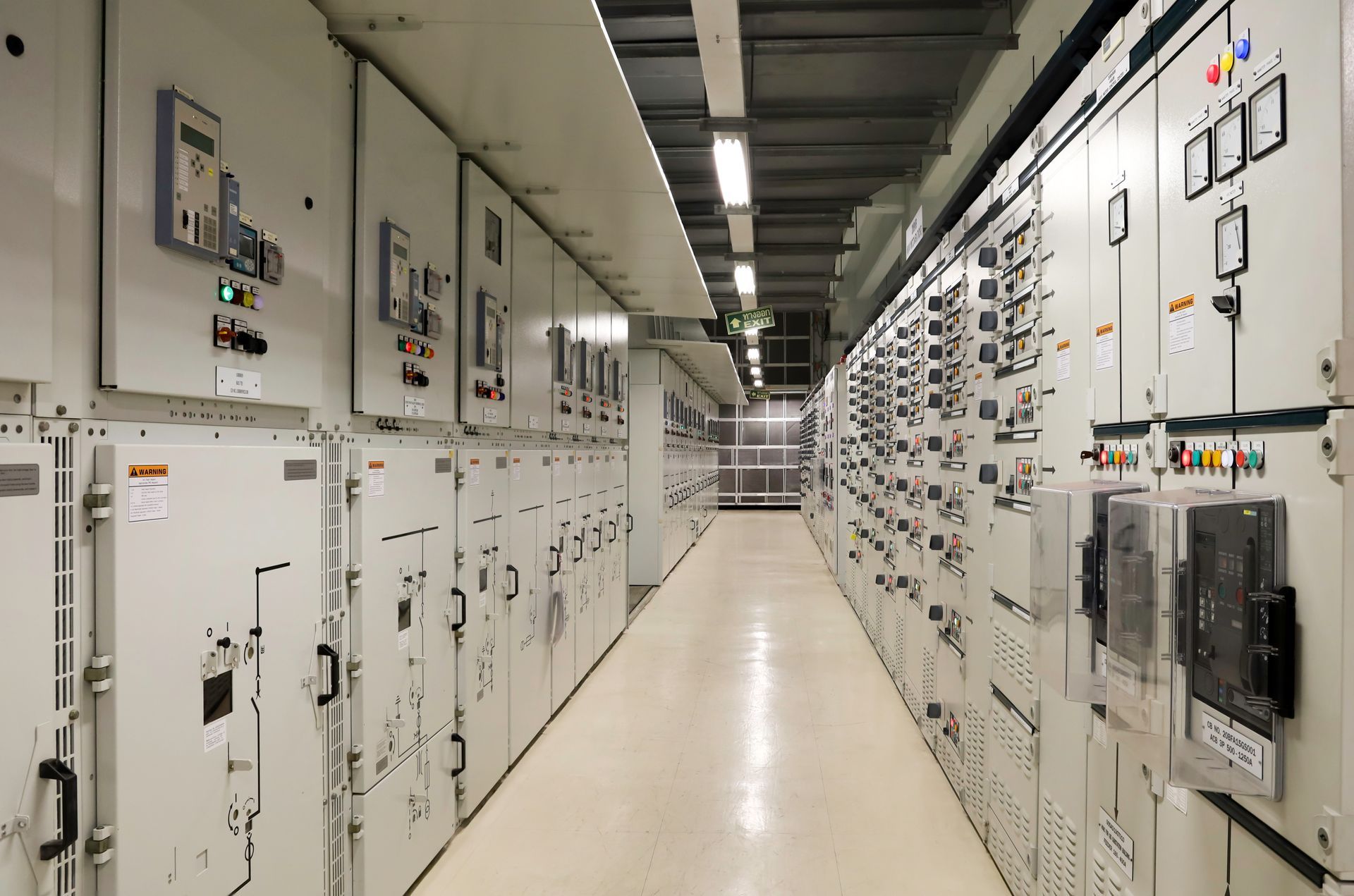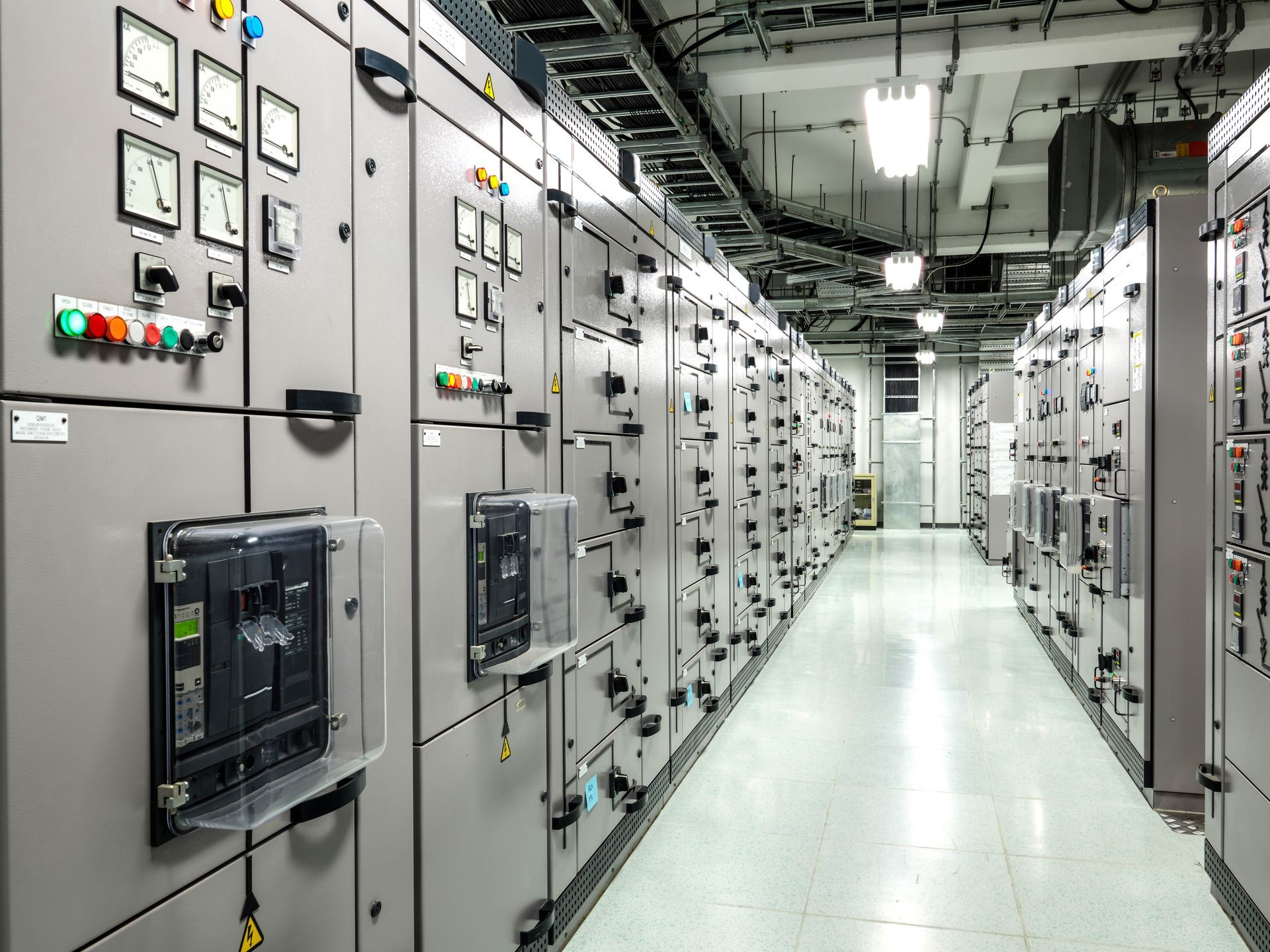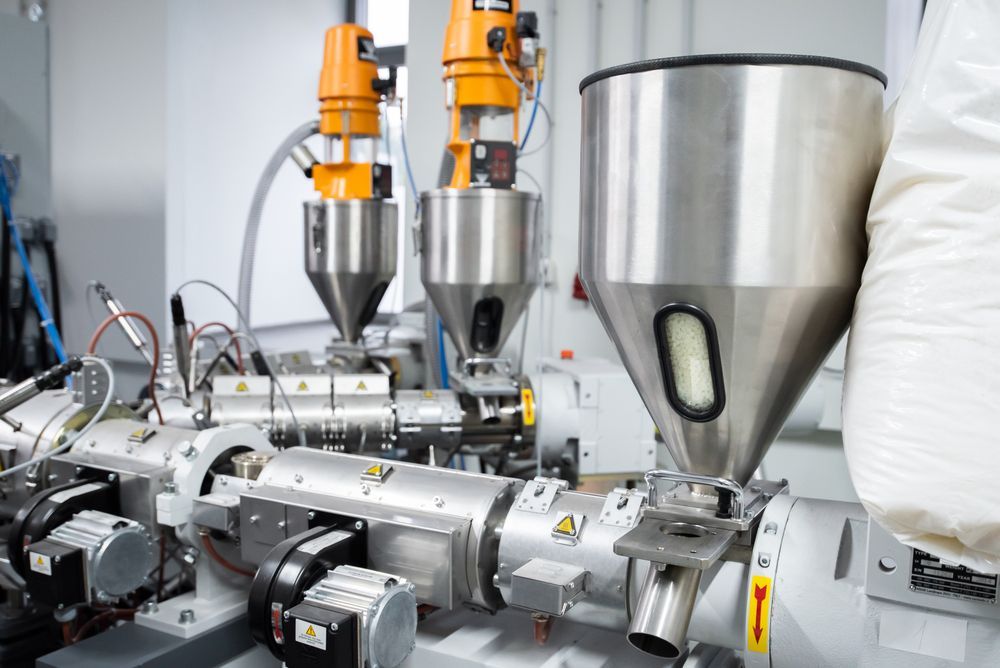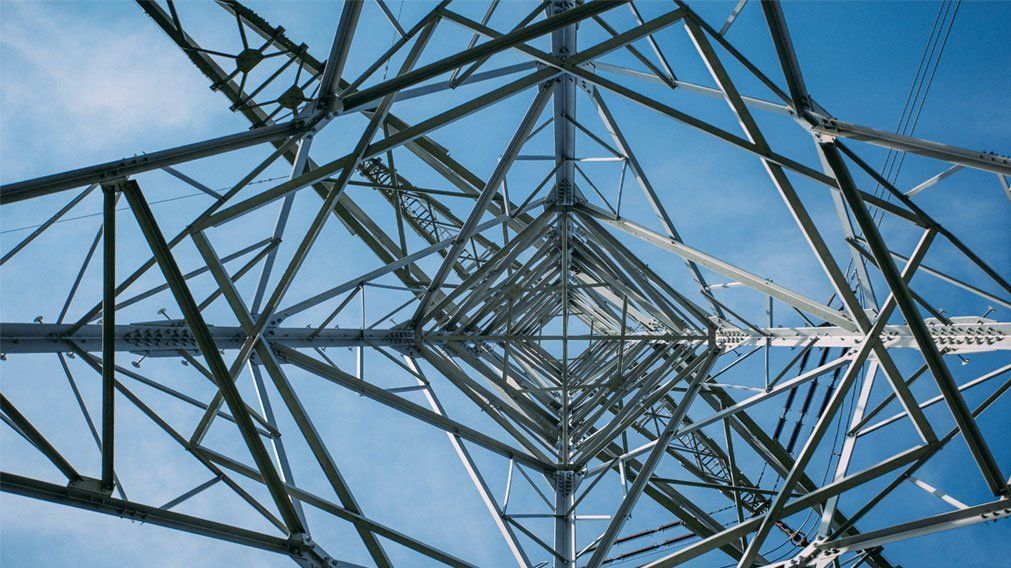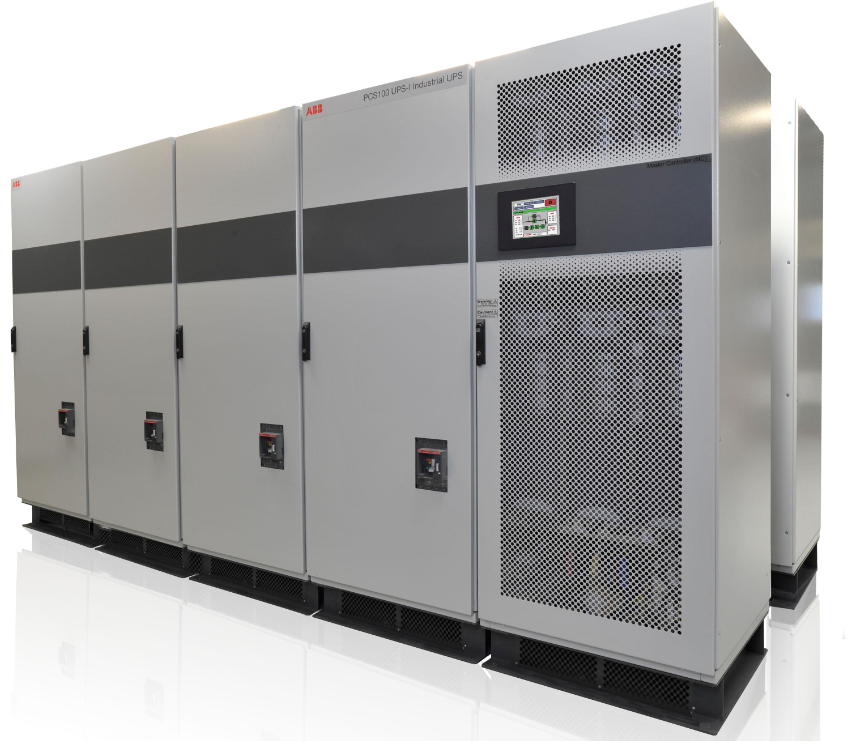How do I Size a UPS for a 3D Printer?
Share this article:
The industry of 3d printing has become increasingly integrated into our society’s products and services. As voltage problems exist in our electrical distribution systems, 3d printing facilities face issues with power outages, downtime, shutdowns, repair, and re-starts. Here we discuss the options available to defend against downtime with 3d printers due to electrical
power outages, sages, or surges.
Can I use a UPS System for 3D Printing?
Yes you can. 3D printers are not a typical UPS load such as a computer server. 3d printers have cooling mechanisms or chillers attached. They also have blowers, and sometimes heating elements. You cannot always support a 3D printer with a traditional
UPS System. You can, however, oversize a UPS System for the inrush current. You will need a proper sizing calculation for this design. You can make a mistake by sizing the UPS system to the running load amps. Then when it comes time for the UPS system to operate, it may fail due to the inrush current provided by the different systems on the 3D printer.
What is Inrush Current when sizing a UPS System?
Inrush is the step up in current or demand of a load that happens when equipment cycles on. Many mechanical loads, chillers, and cooling systems have inrush currents many times that of their actual running load. Therefore a mismatch can occur when sizing a UPS System for complicated system such as 3D Printers. The magnitude of the inrush must be calculated for properly sizing a UPS System.
Common Power Related Causes of 3D Printer Downtime
Voltage: Voltage swings, power sags, and surges can affect the operation of your 3d printing facility. Any voltage fluctuations outside the normal acceptable window can cause disruptions in work in process. These can be fixed with a properly sized UPS System or Voltage Regulation device.
Power Outage: Complete power outages are obvious threats. Having a UPS System with a backup power runtime allows for seamless operation. If you have a generator installed this will provide a transition to emergency back up generator power and potentially unlimited uptime.
3D Printer Voltage Requirements: Many 3D printers operate from different voltage than the facility general power. Many times, a transformer is required to convert the power to the required voltage a 3d printer needs. Many of today’s 3d printers are manufactured overseas where voltage is different than in the U.S. This makes for some complicated electrical distribution scenarios, step-down transformers, more heat generating activities, and complicated to properly size a UPS or voltage correction system.
Voltage Correction
Your power quality consultants at Voltage Correction are ready to assist in your sizing of a UPS or Voltage Correction system to provide maximum runtime of your 3d Printing facility. Please call us at 855-240-6776.
Connect with Us:
